Construction Project Management Simplified: Key Strategies for Success
By: Alvin Villanueva, PMP; Editor: Geram Lompon; Reviewed by: Grace Payumo, PMP
Managing a massive construction project can feel like juggling a thousand things simultaneously. The pressure builds: deadlines are tight, budgets are tighter, and numerous teams, materials, and contractors must be managed at a construction site.
You might feel like you’re just trying to keep your head above water. But the truth is that the construction industry and
With the right strategies, tools, and mindset, you can keep your project on track, lead your team confidently, and finish strong without burning out.
In this article, I’ll show you how to manage your construction project with less stress.
Through well-planned phases, a construction project manager requires effective communication and risk construction
By the end, you’ll have a solid roadmap to manage your construction projects like a seasoned professional.
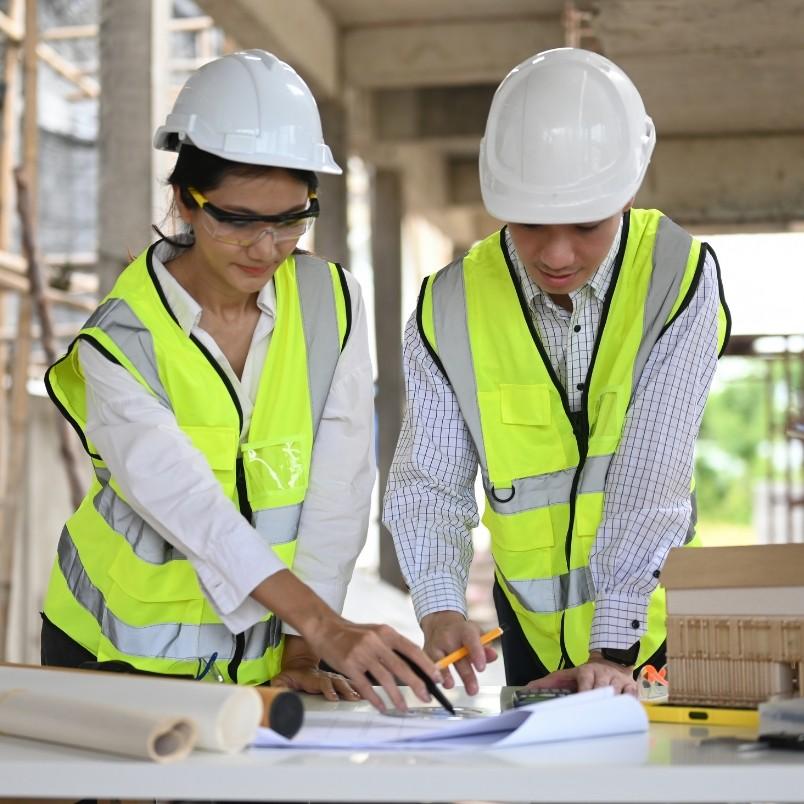
Construction Project Management 101: A Quick Guide for Beginners
Construction
The goal is simple: finish the project on time, within budget, and to the agreed-upon quality standards.
In my experience managing projects, I’ve learned that
Managing a project well means less stress, surprises, and happier clients. The key to success is getting the details right from the start and staying on top of them throughout the process.

Why Understanding Construction Project Management is Key to Project Success
Construction projects can quickly deviate without a structured approach, leading to cost overruns, missed deadlines, and compromised quality. The more complex the project, the greater the need for coordination across teams, budgets, schedules, and stakeholders. That’s where construction
By mastering CPM, you’ll gain control over construction
- Timely Delivery : With a solid plan, you can ensure tasks are completed on time and avoid costly delays.
- Budget Control: By tracking expenses closely, you can prevent budget overruns and keep financial resources in check.
- Quality Assurance: CPM helps meet quality standards, minimizing rework and maximizing client satisfaction.
- Resource Optimization: It ensures that materials, equipment, and personnel are used efficiently, preventing waste.
- Risk Mitigation: Identifying and addressing risks early on means fewer surprises and a smoother project.
- Stakeholder Satisfaction: Clear communication keeps everyone aligned and ensures stakeholders are satisfied throughout the project.
With these principles in mind, let’s dive into the construction

The Ultimate Step-by-Step Guide to Construction Project Management
Managing a construction project isn’t as overwhelming as it sounds if you break it down into manageable phases. Each phase builds on the previous one, so it’s critical to nail the details as you go through the construction process.
Below, I’ll walk you through the five key phases of
1. Initiation Phase: Laying the Groundwork
This phase is about getting the approval of your first project owner and setting a solid foundation. Without it, you’re setting yourself up for much guesswork and misalignment.

Key Areas:
- Integration Management : Develop the Project Charter, the formal document authorizing the project and outlining its objectives and initial goals.
- Scope Management: Define the project’s high-level scope and boundaries to avoid scope creep.
- Stakeholder Management : Identify all stakeholders and understand their expectations to ensure alignment.
- Resource Management: Plan how resources (personnel, materials, equipment) will be allocated throughout the project.
- Procurement Management: If applicable, begin outlining plans for any necessary procurement early on.
- Risk Management : Begin identifying potential risks that may impact the project.

What You Do:
- Create the Project Charter : Your official project approval document defines your goals, scope, and deliverables.
- Identify Stakeholders: Make a list of everyone involved in the project—contractors to clients—and engage them early to understand their needs.
- Define Scope : Outline the project’s goals and set clear boundaries so you don’t find yourself adding tasks later.
I remember a project I worked on early in my career where the initiation phase was rushed. We missed engaging a key stakeholder early on, which caused issues later on. That experience taught me the importance of getting this phase right—investing time upfront to set your project up for success.
2. Planning Phase: Building a Roadmap
Planning is where the project comes together. This is where you define exactly what will happen, when, and how. If you miss this step, it’s much harder to adjust during the project execution phase.

Key Areas:
- Integration Management: Develop a comprehensive
Project Management Plan that ties everything together. - Scope Management: Define the detailed scope and create a Work Breakdown Structure (WBS) to break the project into smaller, more manageable parts.
- Schedule Management: Create a project schedule using tools like Gantt charts or the Critical Path Method.
- Cost Management : Set the project budget and plan for any unexpected costs.
- Quality Management : Define the quality standards you expect for deliverables.
- Resource Management: Plan the allocation of resources effectively.
- Risk Management: Assess potential risks and develop mitigation strategies.
- Procurement Management: Plan for the procurement of materials and services.
- Stakeholder Management : Set a plan for engaging stakeholders and keeping them informed.
- Communication Management: Establish clear channels and frequency for communication with stakeholders and project teams.
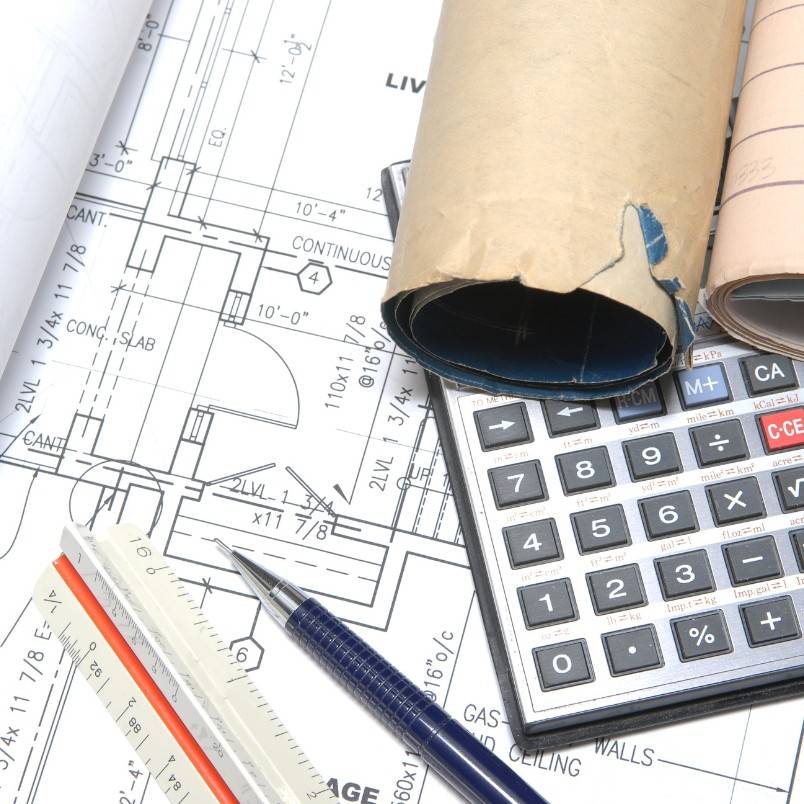
What You Do:
- Develop Your Plan: Start by creating a detailed
project management plan that outlines the scope, schedule, cost, and risks. - Break Down Tasks : Use a WBS to break your project into smaller, manageable tasks that are easier to delegate.
- Create a Timeline: Establish deadlines for each task and identify critical tasks that must be completed on time.
- Estimate Costs: Calculate your project’s costs, including materials, labor, and contingency funds.
- Identify Risks: Plan for potential issues like weather delays or material shortages.
One project I worked on involved setting up a new office space. During this construction phase, we spent a lot of time creating detailed schedules and budgets. Because the plan was so thorough, we could adapt quickly when delays occurred. It was a lesson in how planning upfront minimizes headaches down the road.
3. Execution Phase: Making Things Happen
Now, it’s time to implement the plan. This is where the real work starts: mobilizing resources for most construction projects, managing teams, and ensuring tasks are completed on time and within budget.
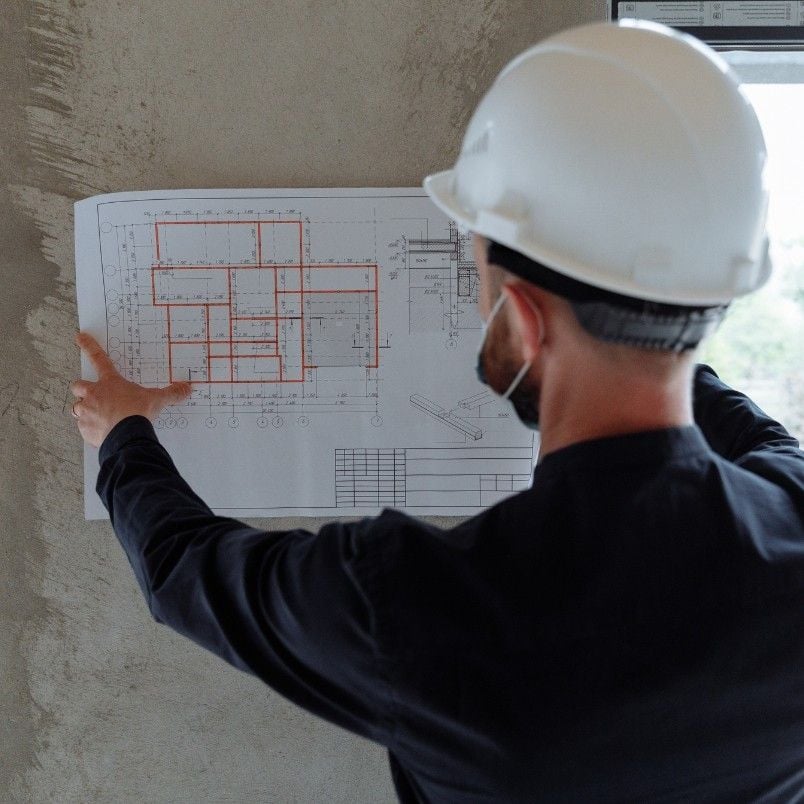
Key Areas:
- Integration Management: Align all tasks with the
project management plan. Handle any changes through formal change control. - Scope Management: Prevent scope creep by completing only approved tasks.
- Schedule Management: Stick to the schedule and make adjustments if necessary.
- Cost Management: Monitor expenditures to ensure the project stays within budget.
- Quality Management: Regularly check deliverables to ensure they meet the required standards.
- Resource Management: Ensure that materials, labor, and equipment are used effectively.
- Communication Management: Keep everyone on the same page by maintaining open lines of communication.
- Risk Management: Address risks as they arise by implementing your risk response strategies.
- Procurement Management: Oversee the delivery of materials and services as per the procurement plan.
- Stakeholder Management : Keep stakeholders engaged with regular updates on the project’s status.
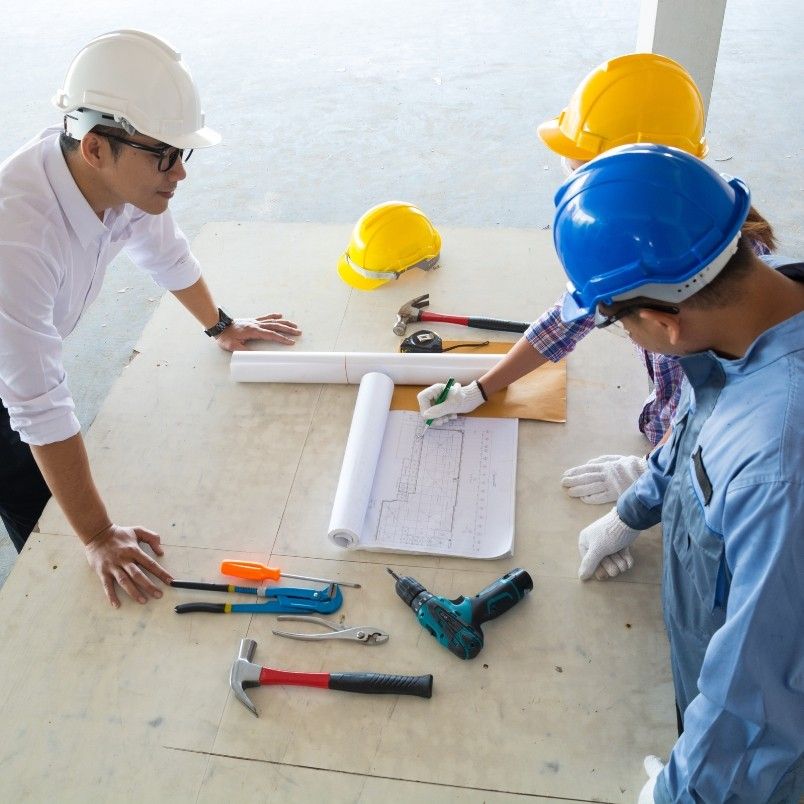
What You Do:
- Manage the Team: Make sure everyone knows their responsibilities and has the resources they need to succeed.
- Monitor Progress : Keep track of the timeline and budget to ensure the project is on track.
- Keep Stakeholders Informed: Regularly update everyone involved with the project to ensure alignment.
The first significant
4. Monitoring & Controlling Phase: Keeping Things on Track
This phase runs alongside execution. It’s all about cost control,
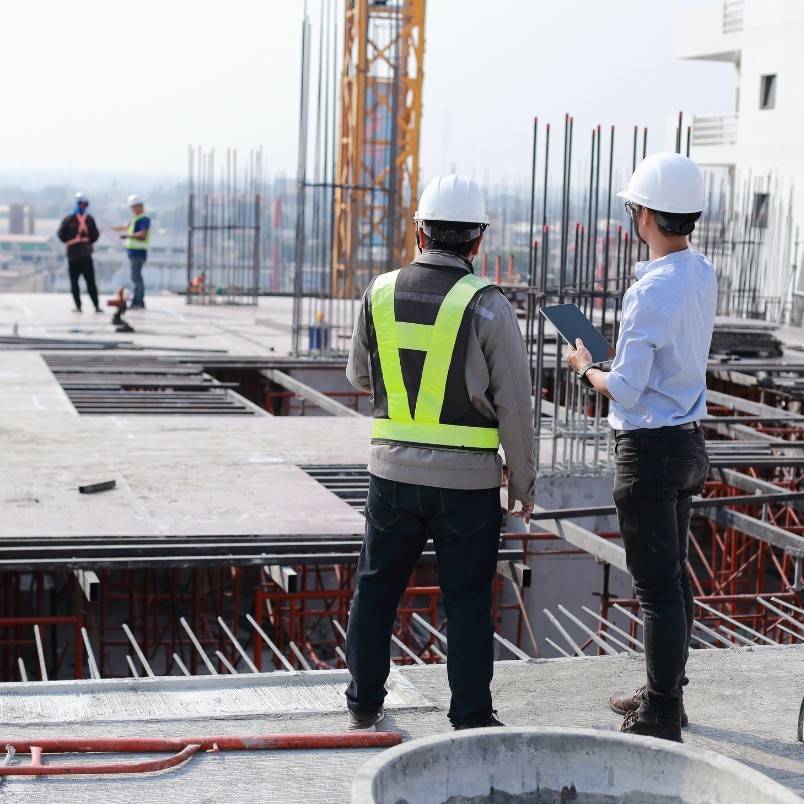
Key Areas:
- Integration Management: Monitor project performance and ensure that any changes are controlled.
- Scope Management: Make sure the project stays within scope.
- Time Management : Track progress and make adjustments if necessary.
- Cost Management: Keep an eye on expenses to avoid budget overruns.
- Quality Management: Monitor quality to ensure the project meets your set standards.
- Resource Management: Track resource usage efficiency and make adjustments if needed.
- Risk Management : Continuously monitor risks and adjust mitigation strategies.
- Procurement Management: Track procurement activities to ensure timely delivery of materials and services.
- Stakeholder Management: Keep stakeholders informed and address concerns quickly.
- Communication Management: Ensure all communication remains consistent and transparent throughout the project.
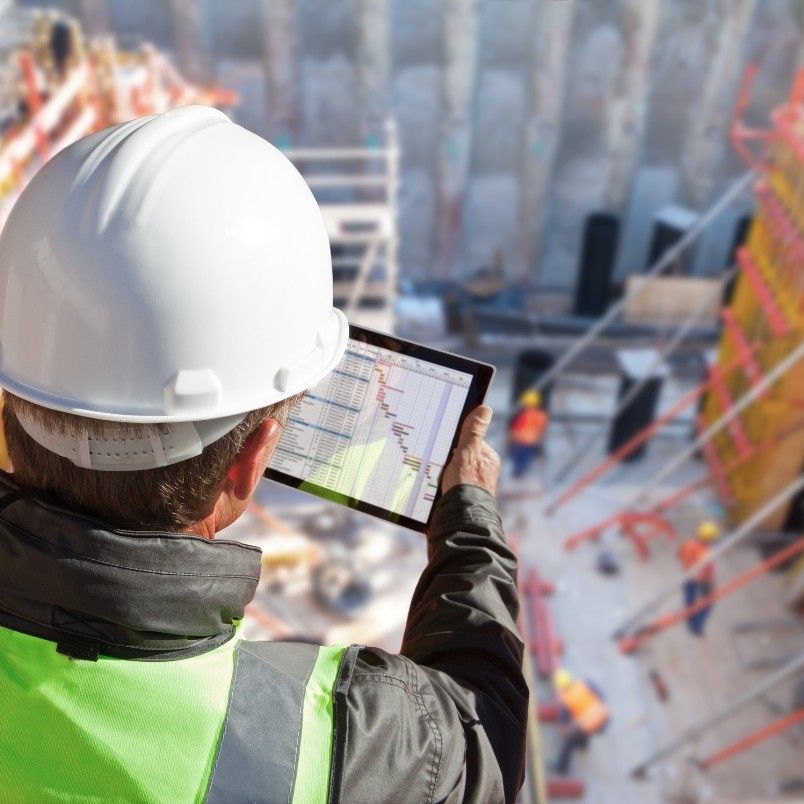
What You Do:
- Track Progress: Regularly compare the current performance with the original plan.
- Address Issues: If something isn’t going as planned, take action quickly to resolve the problem.
- Manage Changes : Ensure any changes to the project are controlled and don’t disrupt the timeline or budget.
Unexpected delays in material procurement occurred during one large-scale project. We identified the issue early through intense monitoring and control and adjusted the project execution schedule to avoid significant disruptions.
5. Closing Phase: Wrapping Things Up
The closing phase is about bringing the project closure and everything to a formal end. You’ll complete final deliverables, close contracts, and finish project-related tasks.
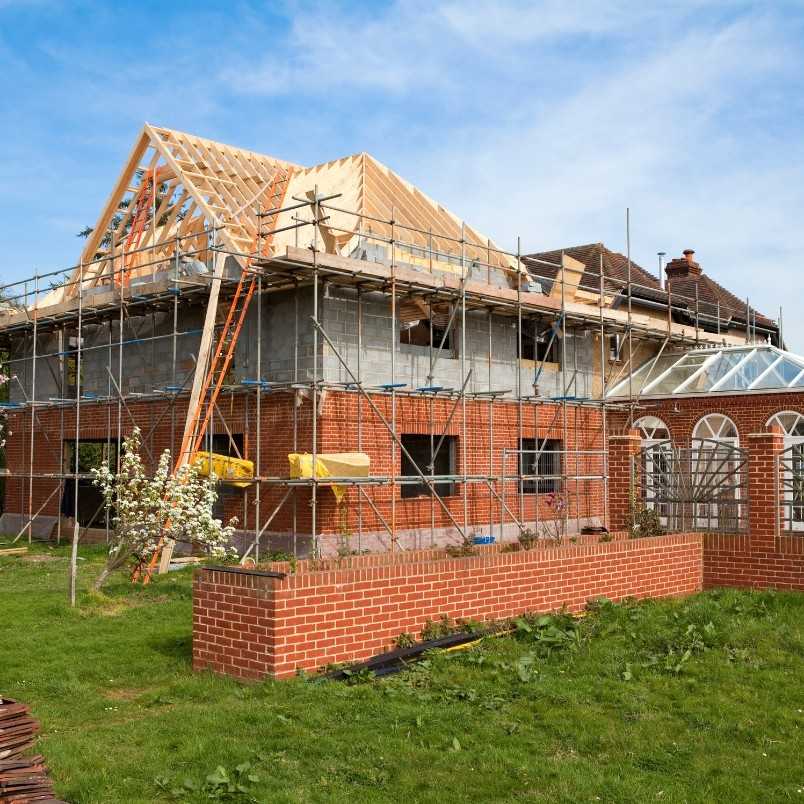
Key Areas:
- Integration Management: Finalize project activities and confirm all deliverables are completed.
- Scope Management: Ensure all project deliverables meet the defined scope.
- Stakeholder Management: Ensure stakeholders are satisfied with the project’s completion.
- Communication Management: Communicate the final results to all parties involved.
- Procurement Management: Finalize contracts and ensure all deliverables meet contractual agreements.
- Risk Management: Document any lessons learned from risk management efforts for future projects.

What You Do:
- Close Contracts: Finalize any contracts and ensure financials are settled.
- Get Formal Acceptance: Make sure stakeholders sign off on the completed work.
- Document Lessons Learned: Reflect on the project to identify what worked well and what could be improved next time.
I remember one project where the closing phase was rushed, and we missed important feedback from stakeholders. Since then, I’ve made it a point to ensure the closing phase is thorough and thoughtful, wrapping up any loose ends.
Conclusion: Managing Projects with Confidence
Successful construction
By mastering each phase of the construction project manager role and applying the knowledge areas and activities I’ve outlined, you can deliver projects successfully while maintaining your sanity.
The key is to plan thoroughly, communicate clearly, use construction management software, and adapt when things go wrong.
With the right strategies, you can take your projects—and your career—to the next level.
Key Takeaways
- Master Essential Knowledge Areas: Focus on core
project management aspects like scope, cost, quality, and risk management. - Stay Adaptable: Be flexible and adjust your plan when unexpected challenges arise.
- Prioritize Communication: Ensure clear and regular communication with stakeholders to keep everyone aligned.
- Monitor Continuously: Keep track of project progress and address issues early to stay on track.
- Plan Thoroughly: Invest time in detailed planning to minimize surprises and set a strong foundation for success.
References
Chou, J., & Yang, J. (2012).
Chou, J., Irawan, N., & Pham, A. (2013b).
PMI Standards Committee, & Duncan, W. R. (1996). A GUIDE TO THE
Zwikael, O. (2009). The Relative Importance of the PMBOK® Guide’s Nine Knowledge Areas during Project Planning. Project Management Journal , 40(4), 94–103 . https://doi.org/10.1002/pmj.20116

